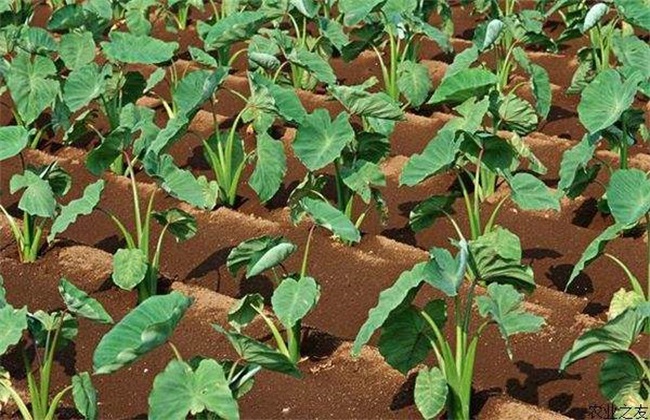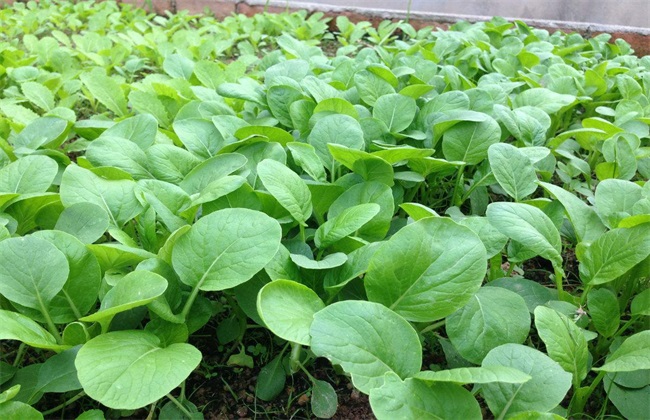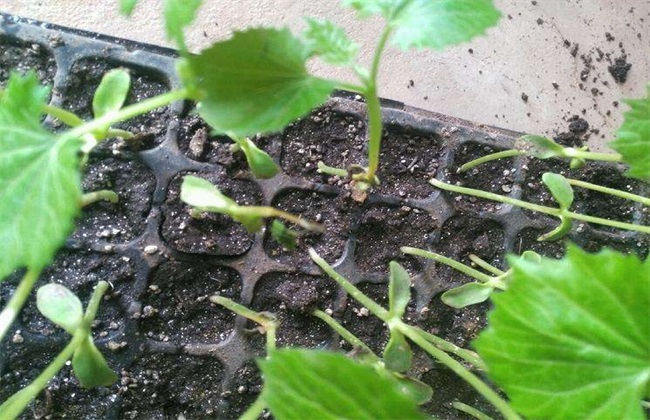Cultivation techniques of Taro
Amorphophallus is different from konjac in its oval shape. The epidermis is also rough, named because of the betel nut-shaped lines inside. High nutritional value, is a health food, can also be processed into taro powder for sale. So now there are a lot of people cultivate it. The cultivation technology of planting taro is also different from the planting method. In general, cultivation should take into account the content of management and prevention of diseases and insect pests, as well as the matters needing attention in land selection and planting. So the next step is to talk about cultivation in detail.

1. Select land for planting
The soil directly affects the growth of taro, and then it is best to choose the soil with high organic matter content, drainage and ventilation, fertilizer and water conservation, sunny, higher topography. Planting taro is mainly about harvesting underground stems, so it should be planted in deep soil that is moist and water-conserving. Rotation of flood and drought can reduce diseases and insect pests. Pay special attention to the need to cut leaves every two weeks to remove diseased leaves and so on.
2. Control fertilizer and water
It is necessary to apply sufficient basic fertilizer before planting, and the combination of many kinds of fertilizers is the best. After that, the fertilizer was sprayed three times in front, middle and back. Topdressing is very important. Basically, the base fertilizer should be made with about 1200 jin of cow dung and rice straw per mu, and then combined with 300 kg of compound fertilizer per mu, and additional potash fertilizer is needed. Generally, potash fertilizer is the most needed fertilizer in the underground part. Taro needs a large amount of fertilizer as a whole, and it needs the most fertilizer in the expansion period. Taro likes to be wet and afraid of drought. in order to prevent drought, furrow irrigation begins after May, and the water layer does not exceed the ridge surface. Just the shallow water. Drain water before the rainy season.
3. Cultivating soil, ploughing and weeding
Many grass seeds germinate in spring and need to pull out weeds at any time. In summer, they need to be ploughed twice when the soil is hardened after rain, with a depth of about 15 cm each time, so as not to hurt the roots. After each intertillage, it is necessary to cultivate the soil at the base of each stem to protect the rhizome, increase temperature and accelerate growth. The soil is about 3 to 5 centimeters thick. After cultivating the soil, the lateral buds should be removed. Avoid sprouting and consuming nutrients.
4. Disease and pest control
Taro infected with taro blight, brown spots appear, and gradually expand into a round spot with concentric wheel patterns, followed by long white mold, which mainly harms leaves and corms. Use 70% ethyl phosphine ·manganese zinc wettable powder 500 times liquid or 64% germicidal alum 500 times liquid spray. Once a week, three times in a row. The main pest is the red spider, which generally uses 2000 times of 15% paracetamol EC or 1.8% of paraben EC 60008000 times spray.
The high-yield technology of taro cultivation is the above content, do a good job of these contents can make taro grow well, mainly through these measures to adjust and promote growth. More content can follow the website, and more agricultural content can follow the updated content.
Related
- Where is it suitable to grow horseradish in China? it is expected to see the middle altitude horseradish in Alishan.
- How to prevent tomato virus disease reasonably? (Control methods included)
- Many people like to plant towel gourd on the balcony. What are the main points of this method and management?
- What crops can chili peppers be mixed with?
- Fertilization techniques and matters needing attention in Tomato
- What are the grafting techniques for peach seedlings in spring?
- Harm and control methods of root swelling disease of Chinese cabbage
- What are the pests of sweet potatoes? How to prevent and cure it?
- Symptoms, causes and Control methods of navel Rot in Tomato
- The cause of "Cucumber rotten bibcock" in Farmers' planting Cucumber and its Control Plan



